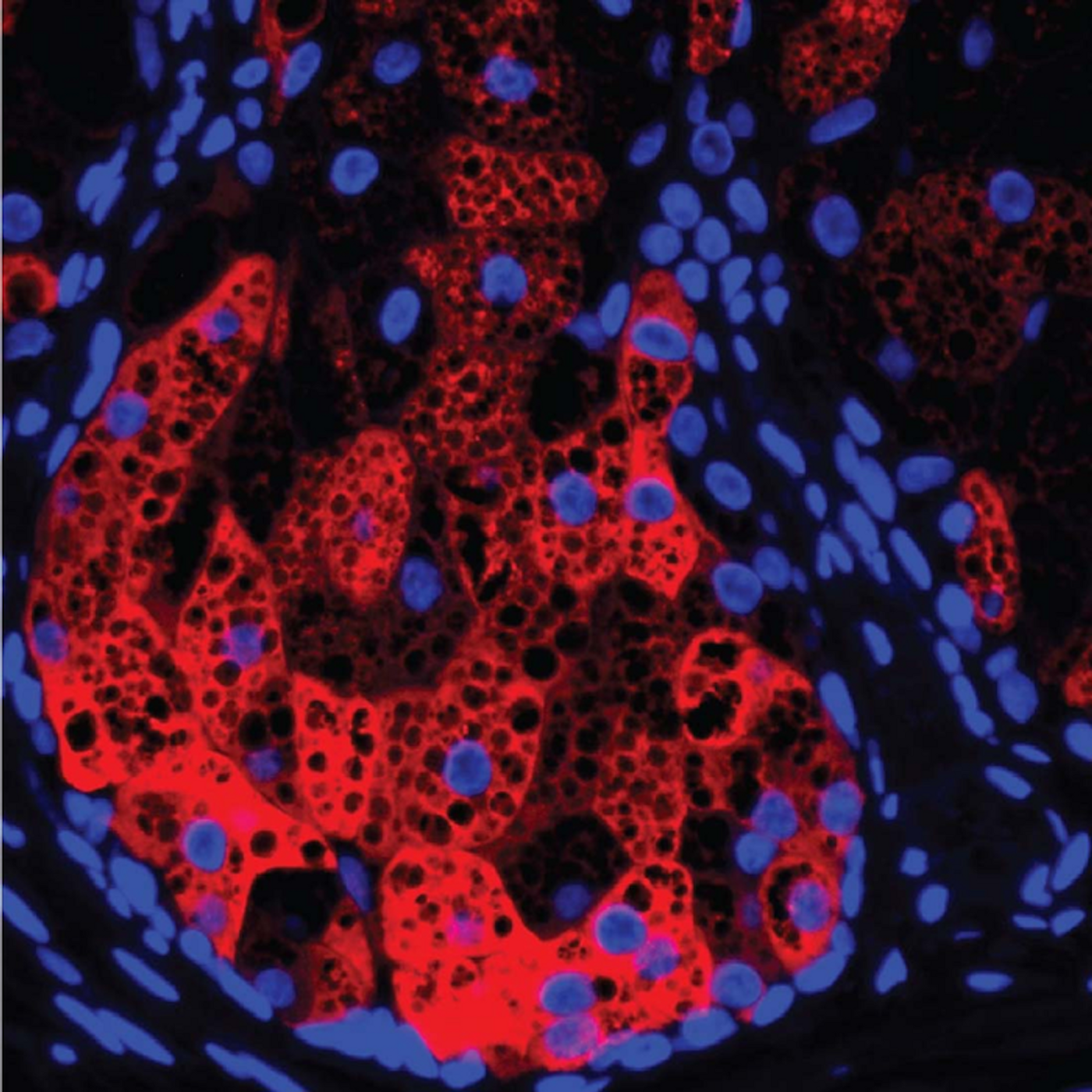Eczema is a chronic, dry skin condition that affects millions of people. A form of the disorder called atopic dermatitis (AD) is thought to impact about twelve percent of children and seven percent of adults in the U.S. alone. The prevalence is also increasing. Researchers have now learned more about the biochemical mechanisms underlying the disease, building on previous work that has connected AD to overactive immune genes. The findings, which were reported in PNAS, have implicated the dysfunctional regulation of sex hormones, and could help researchers find new ways to treat eczema.
People with eczema are usually given moisturizers as a treatment, noted the corresponding study author Tamia Harris-Tryon, M.D., Ph.D., an Assistant Professor of Dermatology and Immunology at UTSW. “Here, we’re showing that a gene that’s important for making sex hormones seems to play a role in the skin making its own moisturizers. If we could alter this gene’s activity, we could potentially provide relief to eczema patients by helping the skin make more oils and lipids to moisturize itself.”
Researchers know that overactive immune genes IL-4 and IL-13 have been associated with AD. A monoclonal antibody that can reduce the levels of these molecules, which promote inflammation, has been helpful for patients with AD.
Dr. Harris-Tryon and colleagues wanted to know more about the molecular processes that were involved. They began with cells called sebocytes that make up the sebaceous glands in skin that produce beneficial oils, which help us retain moisture. Sebocytes growing in culture were exposed to IL-4 and IL-13. Then, the researchers assessed which genes were active by sequencing the RNA molecules in the cells, and compared these gene expression patterns to sebocytes that had not been exposed to IL-4 and IL-13.
The work showed that the HSD3B1 gene, which encodes for the 3b-hydroxysteroid dehydrogenase 1 enzyme, can be as much as 60 times as active when those two inflammatory molecules are present. This enzyme is known to play a crucial role in the production of testosterone and progesterone but had not been linked to skin lipids or AD, making the findings surprising, noted Harris-Tryon.
Additional work using gene activity databases indicated that HSD3B1 is often overexpressed in eczema patients. People treated with dupilumab, however, have lower HSD3B1 activity levels. The researchers suggested that IL-4 and IL-13 promote HSD3B1 activity.
The scientists also altered the activity of HSD3B1 in sebocytes. When the expression was lower, sex hormones levels went down and the production of sebum in the skin increased. The opposite effect was seen when HSD3B1 expression was raised. A mouse model confirmed these findings.
“Changing the output of this gene could eventually offer a way to treat AD that’s completely different from any treatment that currently exists,” said Harris-Tryon.
Sources: University of Texas Southwestern (UTSW) Medical Center, Proceedings of the National Academy of Sciences (PNAS)









